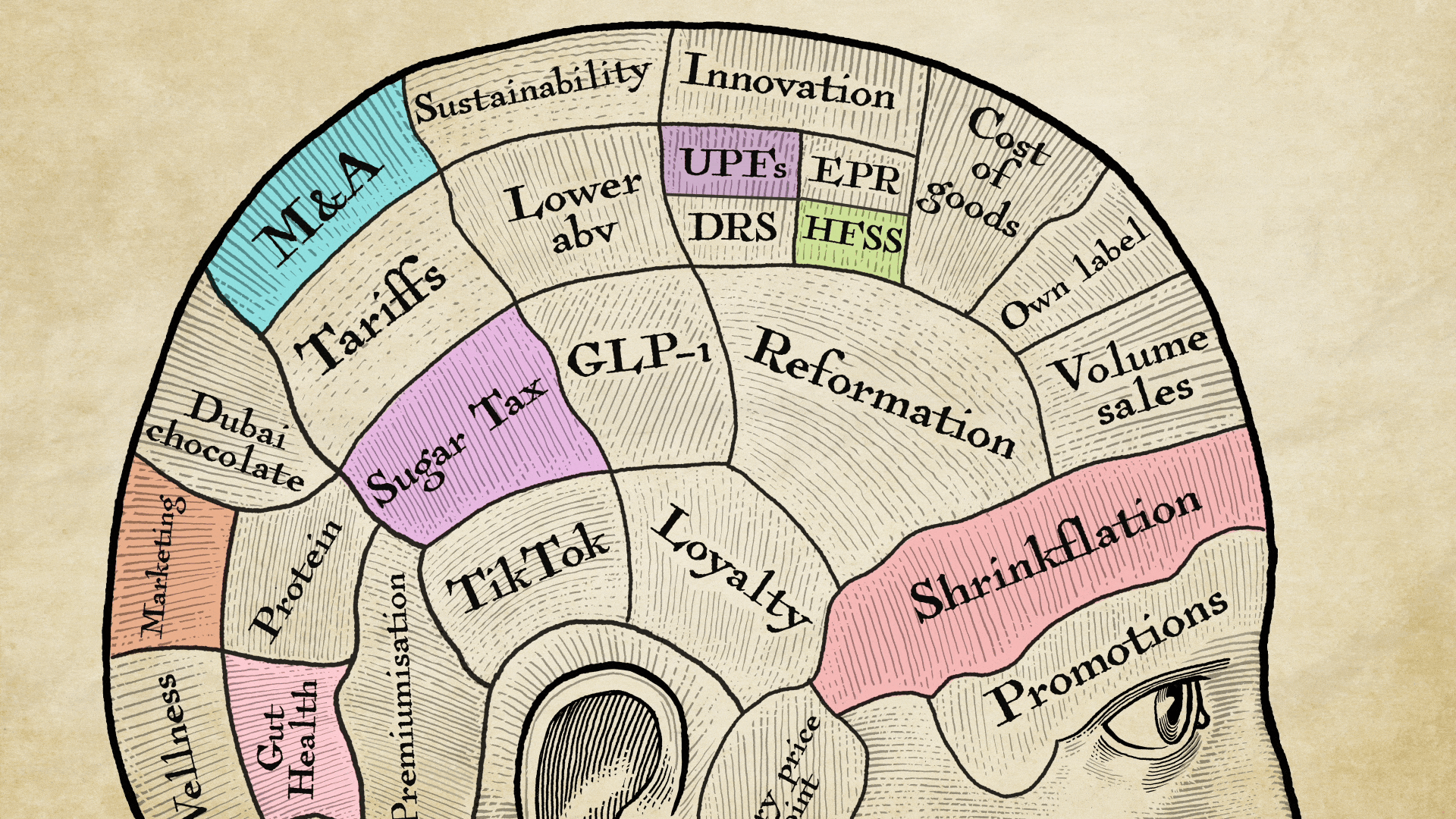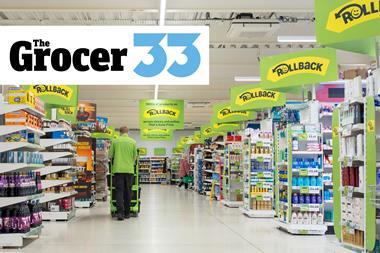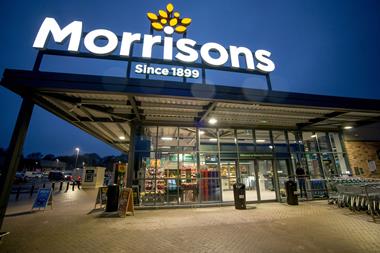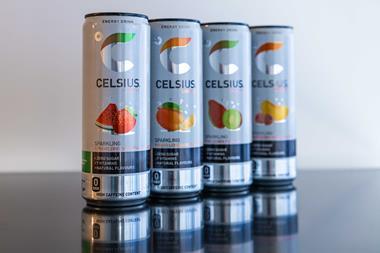As the global appetite for instant coffee grows, the rising cost of robusta beans can be expected to bring with it price hikes, reports Mintec’s Robert Miles
An unusual development in world coffee prices could bring about a hike in the cost of instant coffee. Most of the time coffee prices are linked, but since the start of 2009 the prices of the difficult to grow arabica and hardier robusta mainly used for coffee flavour and instant coffee have diverged.
Arabica prices have risen 12% year-on-year to £1,950/tonne due to a lack of beans from Brazil and Colombia, while ample supply has caused the price of robusta to fall 11% to £870/tonne. Arabica usually trades at £600/tonne more than robusta, so the current gap of almost £1,100 is unusual to say the least.
However, higher availability in 2010/11 should push down arabica prices. Demand for robusta, meanwhile, continues to grow and this could push the wholesale price up, which in turn would put pressure on the retail price of instant coffee.
Although there is a growing demand for expensive arabica coffees in the west, robusta is increasingly desired as a flavour component and as the source for instant coffee in the growing Asian, African and South American markets.
World arabica supply in 2009/10 is expected to be down 6% year-on-year, in large part due to a wet Brazilian harvest that resulted in 20% crop spoilage. Poor weather in Colombia has exacerbated a pest problem and caused production there to drop to three quarters of what was predicted.
The global robusta supply is expected to be up 1% year-on-year in the period, helped by increased production in the Ivory Coast, Ethiopia, India and Indonesia.
But there has been a steady increase in demand for coffee, and production in 2010/11 is expected to grow, perhaps by more than 7% overall (with arabica up by 7.8% and robusta up by 6.7%).
Brazil grows about 40% of the world's arabica and 24% of the world's robusta. Its crop yields are cyclical and while 2009/10 was an "off" year, with the total crop down 15%, 2010/11 is expected to be an "on" year with production up 19%.
This means there's likely to be greater availability of arabica but, paradoxically, even if there's also a greater supply of robusta, it may not be enough to meet growing demand. Consumers could therefore soon be waking up to the smell of higher coffee prices.
An unusual development in world coffee prices could bring about a hike in the cost of instant coffee. Most of the time coffee prices are linked, but since the start of 2009 the prices of the difficult to grow arabica and hardier robusta mainly used for coffee flavour and instant coffee have diverged.
Arabica prices have risen 12% year-on-year to £1,950/tonne due to a lack of beans from Brazil and Colombia, while ample supply has caused the price of robusta to fall 11% to £870/tonne. Arabica usually trades at £600/tonne more than robusta, so the current gap of almost £1,100 is unusual to say the least.
However, higher availability in 2010/11 should push down arabica prices. Demand for robusta, meanwhile, continues to grow and this could push the wholesale price up, which in turn would put pressure on the retail price of instant coffee.
Although there is a growing demand for expensive arabica coffees in the west, robusta is increasingly desired as a flavour component and as the source for instant coffee in the growing Asian, African and South American markets.
World arabica supply in 2009/10 is expected to be down 6% year-on-year, in large part due to a wet Brazilian harvest that resulted in 20% crop spoilage. Poor weather in Colombia has exacerbated a pest problem and caused production there to drop to three quarters of what was predicted.
The global robusta supply is expected to be up 1% year-on-year in the period, helped by increased production in the Ivory Coast, Ethiopia, India and Indonesia.
But there has been a steady increase in demand for coffee, and production in 2010/11 is expected to grow, perhaps by more than 7% overall (with arabica up by 7.8% and robusta up by 6.7%).
Brazil grows about 40% of the world's arabica and 24% of the world's robusta. Its crop yields are cyclical and while 2009/10 was an "off" year, with the total crop down 15%, 2010/11 is expected to be an "on" year with production up 19%.
This means there's likely to be greater availability of arabica but, paradoxically, even if there's also a greater supply of robusta, it may not be enough to meet growing demand. Consumers could therefore soon be waking up to the smell of higher coffee prices.


















No comments yet